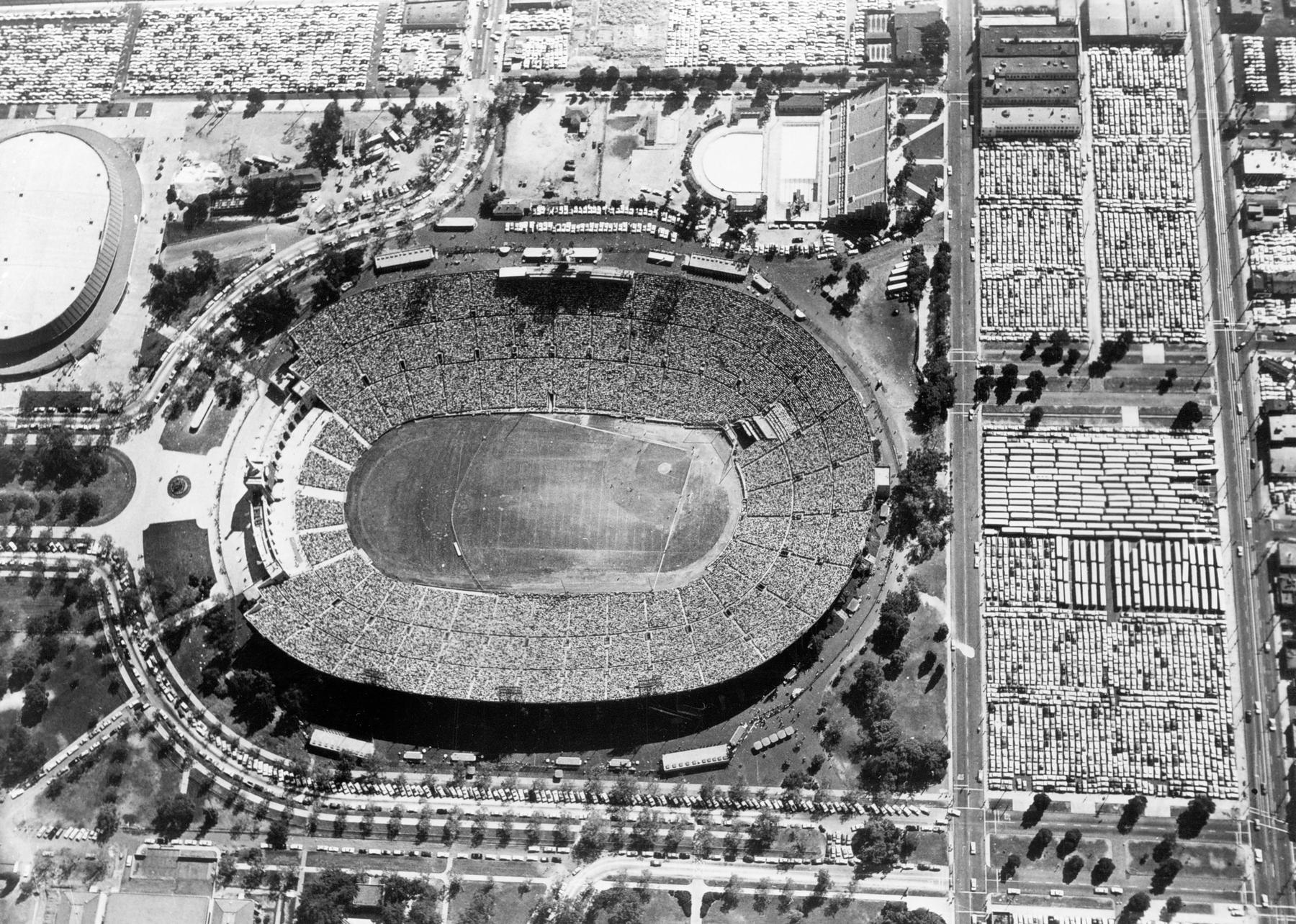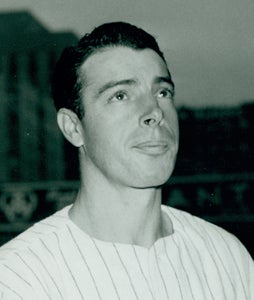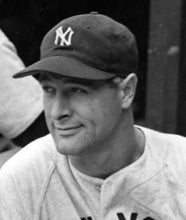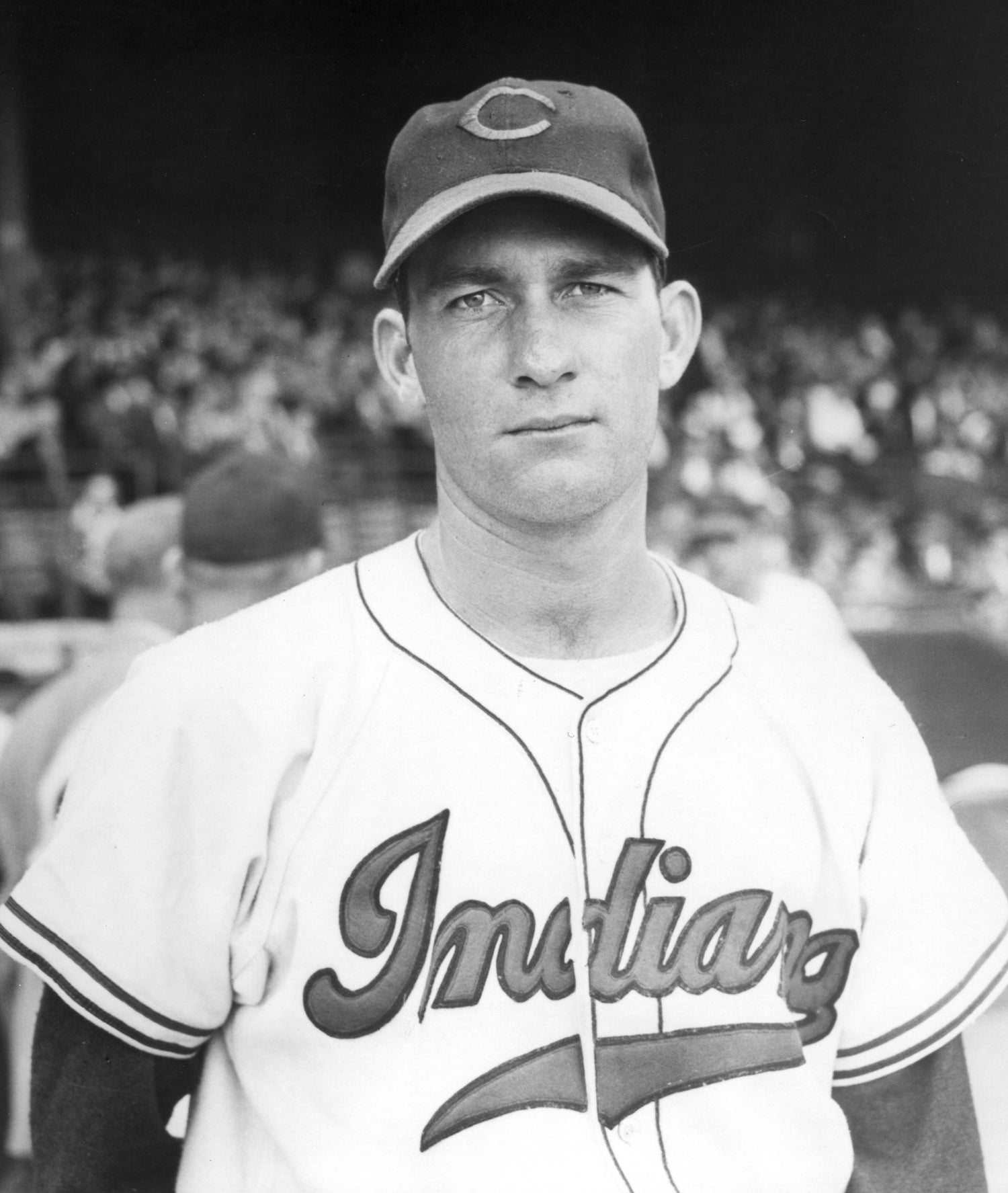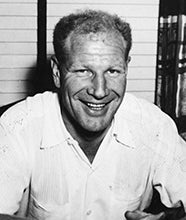- Home
- Our Stories
- Clicking Turnstiles
Clicking Turnstiles
“The most beautiful thing in the world is a ballpark filled with people,” said baseball’s great showman Bill Veeck, a man who knew how to attract crowds to the stadium. Most baseball fans would agree wholeheartedly. And, based upon Veeck’s assessment, it would seem that the most beautiful site the world has ever seen would be those ballparks with the largest crowds in history. But which game attracted the largest crowd?
As with many baseball statistics, the answer is not as clear and concise, and there are multiple claimants to the all-time attendance throne. Are we referring to regular season games, all major league games (including postseason and All-Star games), or any baseball game ever played?
Given the level of detail that exists for major league attendance, the first two should be pretty easy (hopefully), but the all-inclusive category may take some sleuthing.
Regular Season Attendance Record
There have been some tremendous crowds in major league history, but the 80,000 attendance mark has only been surpassed five times, and the race to determine the highest number is close.
The first time was on Sept. 9, 1928 when the Philadelphia Athletics played a doubleheader at Yankee Stadium. The total attendance was 85,265, of which 81,622 paid. The Yanks swept the two-game set, and the fans had the opportunity to watch 10 future Hall of Famers play or manage.
The second time also occurred during a doubleheader at Yankee Stadium when 81,891 paying fans were joined by 1,642 guests (83,533 total) for a match-up against the Boston Red Sox on May 30, 1938. The Yanks swept the set, with Joe DiMaggio providing three doubles, while Lou Gehrig would add a home run.
The third instance was a May 30, 1940, game at Yankee Stadium – another Yankees vs. Red Sox doubleheader – where 82,437 fans saw the teams split a pair of games.
The fourth event also involved a doubleheader when 84,587 fans walked through the turnstiles to watch the Cleveland Indians host the New York Yankees at Municipal Stadium on Sept. 12, 1954. Here were also 1,976 guests on hand, bringing the total to 86,563. The crowd was in for a special treat as three of the four starting pitchers (Whitey Ford, Bob Lemon and Early Wynn) would eventually be honored with a plaque in Cooperstown.
The only other game to reach the 80,000 mark occurred on April 9, 1993 when 80,227 fans made their way into Denver’s Mile High Stadium to watch the inaugural home game for the Colorado Rockies against the Montreal Expos. They were treated to the first win in franchise history.
So, whether you want to use paid attendance or total attendance, the first crown goes to Cleveland, Ohio.
Major League Attendance Record
When the list of all major leagues games (regular season, All-Star Game, and postseason play) is taken into account, the Dodgers of Los Angeles clearly emerge as the new leader. During three wonderful days in October 1959, more than 92,000 came to watch baseball as the Dodgers played host to the Chicago White Sox for the World Series in Games 3, 4 and 5. Ground had been broken for Dodger Stadium that September, but the team was still playing in the Los Angeles Memorial Coliseum.
The Dodgers took advantage of the Olympic-size venue and filled it to near capacity for each of the three Fall Classic home games. On Oct. 4, 92,394 fans arrived for Game 3, which was followed by 92,650 for Game 4 on Oct. 5, and the record was achieved on Oct. 6 when 92,706 people came to watch Game 5. This final figure is still listed as the record for any major league non-exhibition game.
The second crown goes to Los Angeles.
All-Time Attendance Record
Now, for the hard question: What is the highest attendance ever recorded for any baseball game played? There have been multiple claims to this crown, and for most, they are not supported by hard evidence. There are five contests in which the 100,000 figure was supposedly exceeded, but the data suggests that this has only happened once.
Cleveland, Ohio (Sept. 20, 1914)
Brookside Park in Cleveland, Ohio, supposedly hosted the first 100,000-fan baseball game, when the Telling Strollers defeated the Hanna Cleaners, 8-3, for the local amateur championship. The location was a natural amphitheater, capable of holding a large crowd. Panoramic images taken that day make it appear as if Cleveland’s entire population had turned out. Attendance claims run from 100,000 to 125,000, but this would ignore the newspapers which said, “A squad of men with registers counted the crowd as 83,753.” Even given an error rate of 10-15 percent, this crowd would still not reach the 100,000 mark.
Cleveland, Ohio (Oct. 10, 1915)
Just one year later, Brookside Park hosted another amateur game which saw the amphitheater filled to capacity. The hometown White Autos beat the visiting Omaha Luxus squad, 11-6, before an estimated crowd of 100,000 to 115,000. However, when reviewing images of the 1914 and 1915 games at Brookside, the crowds seem comparable. As no tickets were sold, and the park was an open area, there is no way to accurately count the crowd. However, given that there is data from 1914, the 1915 crowd was likely in the 80,000 to 95,000 range, still an extraordinary number when you consider the major league record at the time was about half this figure.
Berlin, Germany (Aug. 12, 1936)
Much has been written about the appearance of baseball in the 1936 Olympic Games. America’s National Pastime was put on display as an exhibition game before the citizens of Nazi Germany. Postgame media reports discussed the great interest that German fans had with the game, and reported attendance figures run from a low of 90,000 to a high of 125,000. Promoters of the game were quick to run with the higher numbers, and baseball mythology has long accepted the 100,000-plus figure. However, as is standard practice for the Olympic Games, a formal report was issued after the event, with attendance and ticket sales being listed in great detail by the Berlin organizers. For the baseball game, the paid attendance was 81,505, with 11,060 seats provided to media and guests, bringing the total to 92,565. Given the detail of the report, this figure appears to very accurate.
Melbourne, Australia (December 1, 1956)
Media reports emanating from the Olympic Games painted a rosy picture of events in 1956. Baseball was included as a demonstration sport at the recently renovated Melbourne Cricket Club stadium. The large crowd was treated to an 11-5 victory by a group of American servicemen from the Far East Command over a home team provided by the Australian Baseball Council. News reports in the United States claimed an enormous crowd of 114,000 fans. Unfortunately, there are several problems with this figure. First, the stadium expansion was only enough to accommodate 104,000, so maybe this was a typo. Furthermore, the Official Report of the XVI Olympiad states that ticket sales only reached 86,425, the baseball event being just one item on the docket for the day, with several major track and field events holding primacy. Even the Opening and Closing ceremonies in the same venue did not exceed 88,000 fans. We will go with the official tally of 86,425.
Los Angeles, California (March 29, 2008)
For our final entry into the race, we return to the Los Angeles Coliseum for a March 29, 2008 exhibition match between the Boston Red Sox and the hometown Dodgers. The Red Sox posted a 7-4 victory before an officially announced crowd of 115,300. This remains the only baseball game in which the 100,000 figure has been provably exceeded.
And so, a tip of the cap to the fans of Los Angeles, who currently hold two of baseball’s all-time attendance records. But keep in mind the words of baseball’s great philosopher Yogi Berra: “Congratulations. I knew the record would stand until it was broken.”
Jim Gates is the Librarian Emeritus at the National Baseball Hall of Fame and Museum

